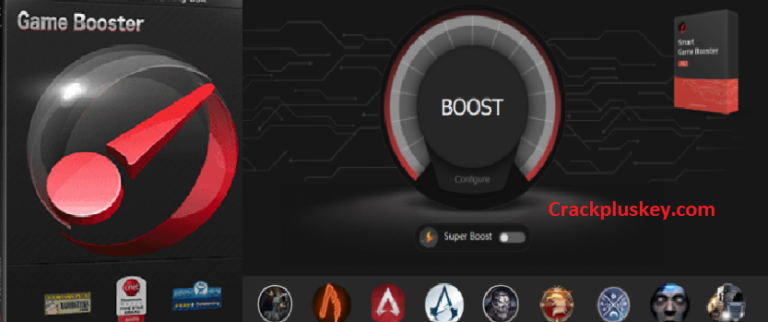


Why Should You Use GPU Acceleration?īelow are the main benefits you’ll enjoy on enabling GPU acceleration: Easier to Use GPU Power Than Pairing Up Two CPUs Other than that, when it comes to the requirement of the GPU for graphics-intensive tasks, learn more about that with our article on why you need a dedicated GPU for video editing.
#CPU SPEED ACCELERATOR SERIAL FOR MAC HOW TO#
And most of the photo/ video editing applications offer the GPU acceleration feature which lets you shift the graphics rendering tasks to GPU from CPU for better performance.Īre you wondering how you can use GPU acceleration in Premiere Pro (a video editing program by Adobe)? Go through our detailed guide on how to enable GPU acceleration in Premiere Pro. Such tasks work well on dedicated GPUs only.

The same is the case with 3D animation and photo/ video editing. This is because the graphics card itself is designed for such tasks and handles these better than the CPU, or at least, helps the CPU in managing these workloads. Let’s now take a look at the real-life examples of how GPU acceleration works and is beneficial:įirstly, if you’re into gaming, you probably know how dedicated GPUs are very beneficial in improving the FPS of the games and making the user experience better.Ī dedicated GPU actually takes the graphics, images, and video rendering tasks from the CPU and handles them itself to ensure a better performance. As a user, you might feel a significantly faster performance with blazing-fast processes on turning on the GPU acceleration. GPU acceleration or GPU computing works by handling some of the workloads of the CPU to the GPU for better performance. Both terms refer to giving some of the CPU load to the GPU or sound card for better operations and performance. One thing I wanted to clear right away is there isn’t much of a difference between hardware acceleration and GPU acceleration. It helps to improve the overall performance by offering better and faster operations. The term GPU acceleration refers to using the graphics card on your computer as the secondary processor to assist the CPU in calculation and algorithmic operations.


 0 kommentar(er)
0 kommentar(er)
